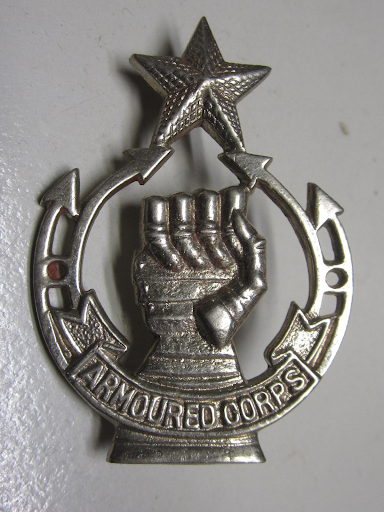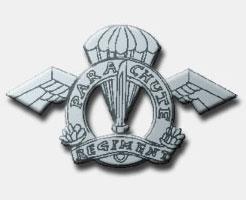The Combat Arms of the Indian Army: Strength, Strategy, and Legacy
The Indian Army is broadly classified into two main components: Arms and Services. While Arms include combat troops directly involved in operations, Services provide essential logistical and administrative support.
Further, the Arms section is divided into Combat Arms and Supporting Arms. In this blog, we will explore the Combat Arms of the Indian Army, which play a crucial role in battlefield engagements.
Further, the Arms section is divided into Combat Arms and Supporting Arms. In this blog, we will explore the Combat Arms of the Indian Army, which play a crucial role in battlefield engagements.
1. Mechanized Infantry: Power on Wheels
The need for mechanized infantry in the Indian Army was first realized after the 1965 Indo-Pak War. In 1969, steps were taken to equip infantry units with armored carriers. Under General K. Sundarji’s leadership, mechanized infantry was officially established in 1979, integrating BMP infantry fighting vehicles.
Key Contributions:
- Participated in Operation Pawan, Operation Vijay, and UN peacekeeping missions.
- Mechanized Infantry Regimental Centre is located in Ahmednagar, Maharashtra.
- Training includes infantry tactics, composite training, and vehicle operation/maintenance.
2. Armored Corps: The King of the Battlefield
The Armored Corps acts as the spearhead of the Indian Army, providing mobility and firepower in modern warfare. Historically, cavalry units played this role, but today, tanks and armored vehicles have replaced horses.
Notable Contributions:
- Played a decisive role in battles like Basantar, Phillora, and Zojila.
- Armored Corps Centre and School is based in Ahmednagar, Maharashtra.
- Uses Arjun MBT, T-90, and T-72 tanks.
- Officers and soldiers of the Armored Corps wear black uniforms, symbolizing their unique identity in the Indian Army.
3. Infantry Regiments: The Backbone of the Indian Army
Infantry is the most vital component of any army. It is the foot soldiers who ultimately decide the outcome of a battle. India has numerous distinguished infantry regiments, each with a rich history and unique traditions.
Major Infantry Regiments:
- Madras Regiment (1758) – Motto: Swadharme Nidhanam Shreyaha (Glory lies in performing duty).
- Rajputana Rifles (1775) – Motto: Veer Bhogya Vasundhara (The brave shall inherit the Earth).
- Rajput Regiment (1778) – Motto: Sarvatra Vijay (Victory Everywhere).
- Sikh Regiment (1846) – Motto: Nischay Kar Apni Jeet Karo (With determination, I will be victorious).
- Jat Regiment (1795) – Motto: Sangathan Va Veerta (Unity and Valour).
- Gorkha Rifles – Famous for their bravery and the Khukri (Nepalese dagger).
4. Parachute Regiment: The Tip of the Spear
The Parachute Regiment consists of elite airborne and special forces troops. They specialize in rapid deployment, counter-terrorism, and high-risk operations.
Special Forces Units:
The Parachute Regiment consists of elite airborne and special forces troops. They specialize in rapid deployment, counter-terrorism, and high-risk operations.
Special Forces Units:
- Para (SF) – Specializes in deep-strike operations.
- Para (Airborne) – Trained for rapid insertion behind enemy lines.
5. Ladakh, Arunachal & Sikkim Scouts: The Mountain Warriors
India’s challenging mountain terrain requires specialized regiments trained for high-altitude warfare.
- Ladakh Scouts – Formed in 1963 to defend the cold deserts of Ladakh.
- Arunachal Scouts – Raised in 2010 to guard the northeast.
- Sikkim Scouts – Formed in 2013, stationed in Lucknow.
Conclusion
The Combat Arms of the Indian Army are the tip of the spear, ensuring the nation’s security through courage, skill, and resilience. From mechanized infantry to elite airborne units, each regiment plays a critical role in safeguarding India’s borders.
💬 Which regiment do you find the most fascinating? Let us know in the comments! 🚀
Tags:
Army


